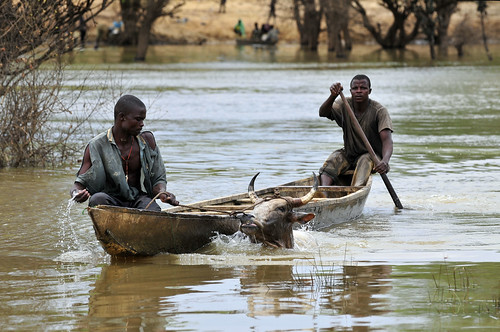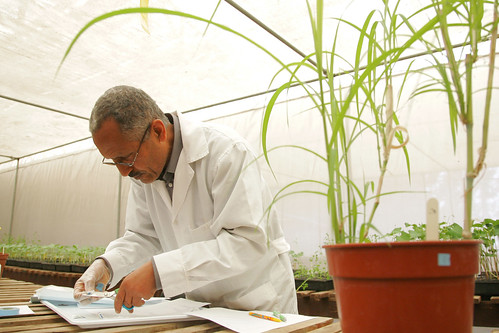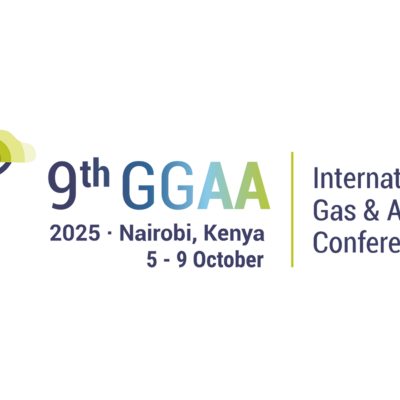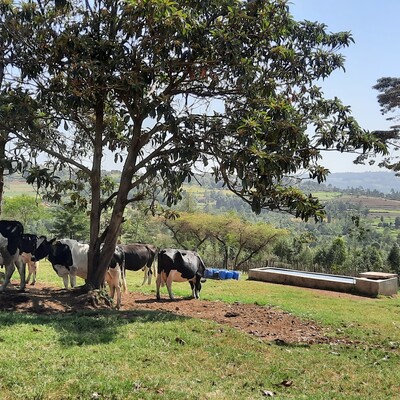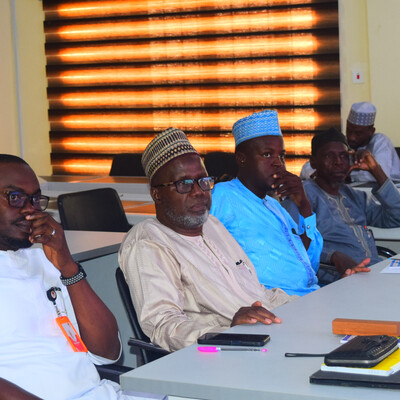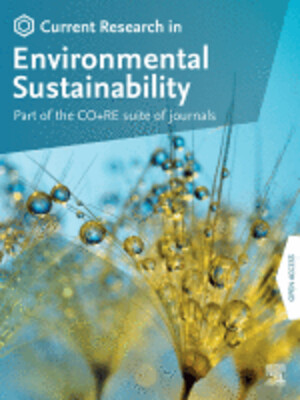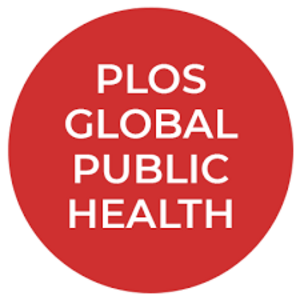In open rangelands, food security often depends on livestock
A key threat to food security is the projected increase in meat consumption—and its attendant demand for ever more animal feed crops—over the coming decades. This is, to be sure, a critical threat to food system sustainability. But it’s equally important to understand the central role of livestock in the livelihoods of people in the world’s most food-insecure areas.
For many populations, livestock is a primary source of nutrition, and not simply a source of calories. Especially for such vulnerable groups as pregnant women and children under 5, livestock is an indispensable source of protein and micronutrients.
Over the past several centuries, we have seen an accelerating trend: wetter and humid areas formerly used to graze animals being tilled under for croplands. Humid grazing lands are the most productive, but a third to half of them are now used for farming, while a small portion (1–3 percent) have been converted for human settlements. Today grazing lands are most common in drier landscapes outside the tropics, and two thirds of them are in developing countries.
Eighty percent of the world’s grazing lands are open lands—that is, pastures devoid of forests or dense human settlement. These savannas, prairies, and shrublands constitute the most extensive land use system on earth. They provide the world with below-ground carbon storage, habitat for diverse plants and wildlife, and sufficient water. While the world’s dry and open grass- and shrublands don’t easily support high-yield crops, these ecosystems have evolved with large grazing mammals. The cellulose in their grasses is digestible only by ruminants; they convert energy from sunlight into plants that grazers can eat, but people can’t.
Across the immense sweep of the world’s pastures, the purpose of raising livestock varies. Some graziers keep livestock primarily as a source of income, while for others it is a predominant food source and an integral part of their culture.
It should be noted, too, that the effects of climate change are not uniformly distributed. The risks associated with changing weather patterns may have a larger impact on food security in some places than in others.







